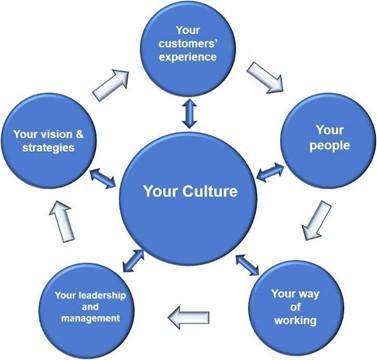As your big transformation to AGILE working gets closer to that ‘go live’ date are you ready?
You and your organisation have really spent time understanding what it means to become a more agile business. If all goes according to plan, then you will have a good fix on the improvements your customers will experience. You will have written your agile working HR policies and the training to bring your staff up to speed on all the new agile working technology you intend to use is planned in. You have identified what kit is needed and by whom. You have determined who will work from home and work remotely, who will adopt a hybrid approach and who will have to remain in the office. You have briefed your leaders and managers on all the HR considerations they must be cognisant of and of the performance and absence things they must be on the lookout for. You have thought of everything, so what could possibly go wrong?
Within the whole ‘machinery’ of business there are numerous cogs that need to turn in the right direction and at the right time, to make the machine effective. These component parts are held together at the core by the lynchpin that plays a pivotal function which unfortunately never gets properly looked at or discussed until it is too late.

The biggest barrier to successful transformation (of any type) is your workplace culture and it’s your culture that is that lynchpin that makes the ‘machinery’ of your business function as you would want it to. It makes sense therefore to spend some time defining the culture you must have for a successful adoption of agile and to be exploring what your culture is today and what you need to do to close any gaps.
Culture, for many, is seen as a very academic and theoretical subject which only adds to the complexities of tackling it. This inhibits people from having a practical conversation about it. Yet it sits beneath the surface of any organisation influencing the behaviours and decisions of every employee and ultimately will determine whether you succeed for fail. A conversation about your culture and its ability to support your agile agenda is imperative.
Why do people in your organisation respond to change in the way that they do? Is innovation and the adoption of innovative work practices just one of those things you might suggest is ‘the way we do things around here’ or is it more the case that innovative thinking is displayed by just some of your employees in one corner of the business? What’s driving the behaviours and actions?
What is Agile Working?
Agile working is a transformational approach to how and where work is done. It empowers individuals and teams to perform tasks in the most effective ways—regardless of time, place, or traditional structure. It’s all about flexibility, autonomy, and results.
Learn More About Agile WorkingUnderstanding your organisations culture is key. Defining the culture you need and then working to achieve those cultural aspirations is something that needs to be dealt with at the early stages. It’s the key component of an overall successful transformation
We recommend in the first instance a conversation is started by asking the following:
“what do we think are the critical cultural characteristics (the 3c’s) we need around here to get the benefits of agile? This simple question alone will prompt the cultural conversation you need to kickstart your cultural journey to successful implementation of agile working.

Richie Maddock is a Founder and Managing Director of Lynchpin & Associates Ltd, a transformation and change consultancy that specialises in putting workplace culture at the heart of business success.
Operating for over 20 years supporting organisations from all sectors, Lynchpin have deployed their ‘Culture by DESIGN’ methodology with demonstrable and practical success when helping organisations with their agile aspirations. www.lynchpinsolutions.co.uk













